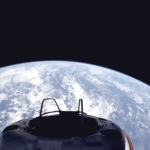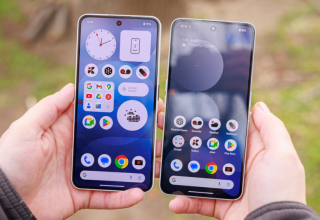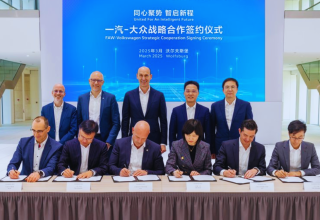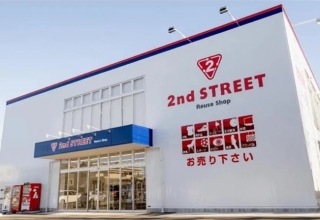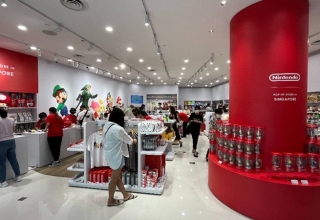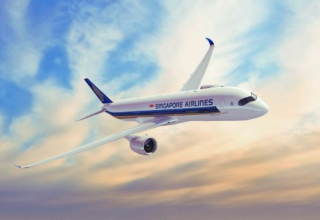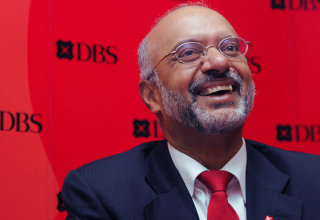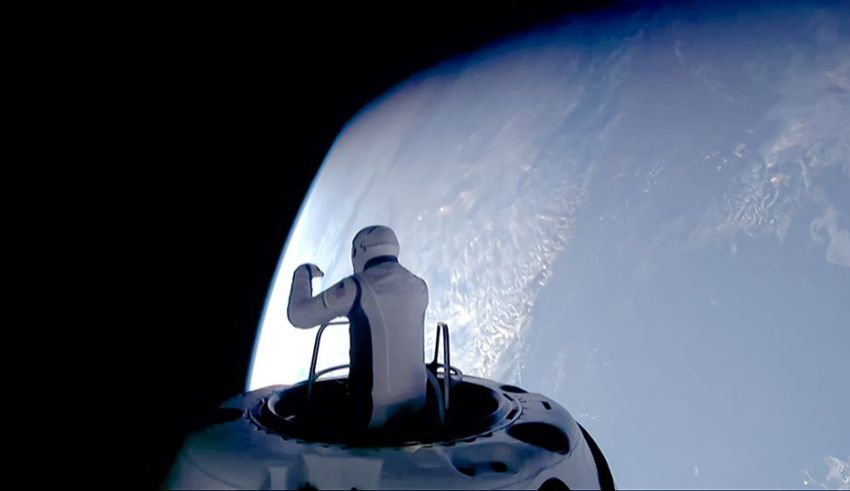
Celebrating the first-ever private spacewalk on Thursday, IT entrepreneur Jared Isaacman left a SpaceX capsule hundreds of miles above Earth, therefore making a historic leap for mankind. Once solely carried out by professional astronauts, this ambitious and high-risk project demonstrates how rapidly private companies are expanding the boundaries of space travel and innovation. Underlining the prospect of commercial space missions to be essential in the future of space exploration, Isaacman’s privately sponsored mission in collaboration with SpaceX focused mostly on the spacewalk.
Isaacman, the CEO of Shift4 Payments and a space enthusiast, personally sponsored this journey as part of a bigger series of spaceflights aimed to progress space technology. Apart from shattering new ground for private persons in space, this particular spacewalk evaluated SpaceX’s next-generation spacesuits, aimed to enable human exploration outside Earth’s orbit including possible expeditions to the Moon, Mars, and other planets. From government-only operations to commercial activities involving private people, the goal underscored the changing role of private firms like SpaceX in opening space to a larger spectrum of actors.
Commanding a New Era of Spacewalk
Long, labor-intensive events often lasting seven to eight hours, Isaacman’s private spacewalk was significantly shorter and more focused than those conducted by NASA and other government space agencies. Isaacman opened the SpaceX capsule’s hatch for brief less than two hours to carry basic motions and assess the new spacesuit’s performance in space. This test is absolutely crucial to confirm the suit’s readiness for more challenging and extended spacewalks on following flights. Isaacman’s journey was more about testing equipment than it was about doing any particular mission-critical work, unlike astronauts on the International Space Station (ISS), who routinely complete maintenance and repair chores on their spacewalks.
Though it was shorter, the spacewalk had great meaning. Isaacman’s achievement made him among a small group of people who have ventured outside a spacecraft in hostile space. From a dozen nations, spacewalks have been the exclusive activity available to professional astronauts with just 263 persons having ever experienced them. Isaacman’s entering this elite group highlights the growing availability of space as private companies raise their capacity and provide non-professionals the opportunity to participate in one of the most dangerous and fascinating aspects of space flight.
Isaacman emerged from the capsule tethered to the spacecraft and stared at the spectacular view of Earth below him. “Back at home, all of us have a lot on our plates.” From here, though, he said, it most definitely seems like a wonderful world. Reminded of the incredible perspective space travel presents, cameras in the capsule filmed the wonderful moment displaying his shadow against the vast backdrop of Earth.
Testing the Limits: SpaceX Designed New Spacesuit and Capsule
The main objective of this spacewalk was testing SpaceX’s recently produced spacesuits, a major development in spaceflight technologies. These suits are designed to protect people from the hostile space environment including temperature swings, radiation, and vacuum. SpaceX’s suits are sleeker and more flexible than the heavier suits NASA astronauts wear on the ISS, allowing a spectrum of tasks on deep space missions.
Apart from the spacesuits, the spacewalk was a crew Dragon capsule testing exercise for SpaceX. Although the capsule had previously been used on flights involving the ISS, this was the first time it had been subjected to space’s vacuum with its hatch open. Isaacman secured himself to the capsule using a 12-foot (3.6-meter rope), therefore ensuring his safety as he performed a sequence of basic exercises intended to test the suit’s durability and flexibility. He kept linked to the capsule all during the spacewalk, using a walker-like apparatus fitted inside the hatch to provide further support.
SpaceX engineer Sarah Gillis performed identical maneuvers following Isaacman’s journey to evaluate how the suit and equipment performed under realistic conditions. Gillis hovered slightly outside the capsule checking the mobility of the suit by moving her arms and flexing her legs then forwarding thorough results back to Mission Control. Although her outside time was restricted, it provided vital information that will direct the future design and operation of spacesuits for more complex missions.
Unlike traditional spacewalks at the ISS where astronauts are occasionally seen floating freely in space as they work on maintenance or experiments, Isaacman and Gillis kept close to the capsule and did not fully extend their tethers. This was a prophylactic action taken during the first private spacewalk to ensure crew safety during system testing.
Growing Popularity and Risk Associated with Private Space Travel
As the private space industry keeps growing, more wealthy people are ready to pay millions of dollars to witness the wonder of space flight. From short suborbital flights with few minutes of weightlessness to prolonged stays aboard private spacecraft, space tourism is swiftly expanding. Isaacman, on the other hand, is supporting not only space tourism but also missions using his resources, therefore pushing the frontiers of what is practical for commercial space companies.
Keep Reading
Long considered as one of the most dangerous aspects of any space mission, spacewalking requires accuracy and flawless performance. Any mistake amid the nothingness of space could have fatal effects. Notwithstanding the risks, spacewalks are among the most inspiring aspects of spaceflight since they make astronauts feel truly immersed in space and offer unparalleled views of Earth and the universe. Curious as well as adventurous, private people would naturally want to experience this exhilaration for themselves.
The fact that this mission comprised not just a new spacesuit but also a spacecraft never utilized for spacewalks before raised the risks of this one specifically. Aside from the inherent hazards of opening the hatch and exposing the spacecraft to space’s vacuum, there were certain technological issues. Gillis claimed to have seen bulges in the hatch seal before she exited the capsule; Isaacman had to manually release the hatch when the automatic mechanism failed. Notwithstanding these challenges, the unit achieved its objectives and the mission ran free from any more problems.
An Era New for Discovery of Space
This private spacewalk marks a significant moment for the commercial space industry, which is steadily acquiring responsibilities usually filled by government space agencies like NASA and Roscosmos. Particularly SpaceX has been driving this transformation, developing reusable rockets, delivering commercial crewed missions, and now enabling private spacewalks.
Celebrating the accomplishment of the mission, NASA Administrator Bill Nelson declared, “a giant leap forward for the commercial space industry.” From establishing a permanent presence on the Moon to at last settling Mars, he saw that private businesses such as this one are enabling mankind’s future in space to be opened. The five-day expedition under the Polaris program, a private initiative headed by Isaacman to probe the limits of commercial space exploration, was the first of three booked flights.
For Isaacman, this aim fits inside a larger route both emotionally and professionally. 41-year-old IT millionaire has previously shown to be an adventurer, mountain climbing and piloting war planes. Now, using his wealth, he is expanding the boundaries of what private individuals might achieve in space. Comprising this successful spacewalk, the Polaris Dawn mission signals only the start of what promises to be a series of creative private space flights aimed to raise human presence in the cosmos.
As private companies like SpaceX keep developing and lowering the cost of space access, routine space travel for individuals is becoming more and more practical. Though few people can afford to travel such distances these days, as prices drop and technology advances the door will open for more people to enjoy the wonders of space. With the success of this initiative, Isaacman and SpaceX have demonstrated that the concept of commercial space flight is not only realistic but also already well advanced.
The first private spacewalk marks the beginning of a new era in space exploration when private citizens may actively participate in some of the most challenging and fascinating aspects of spaceflight. From developing the basis for forthcoming missions to testing new technologies, the achievements of this mission will be felt for years to come as humanity starts out toward a more inclusive and wide presence in space.

